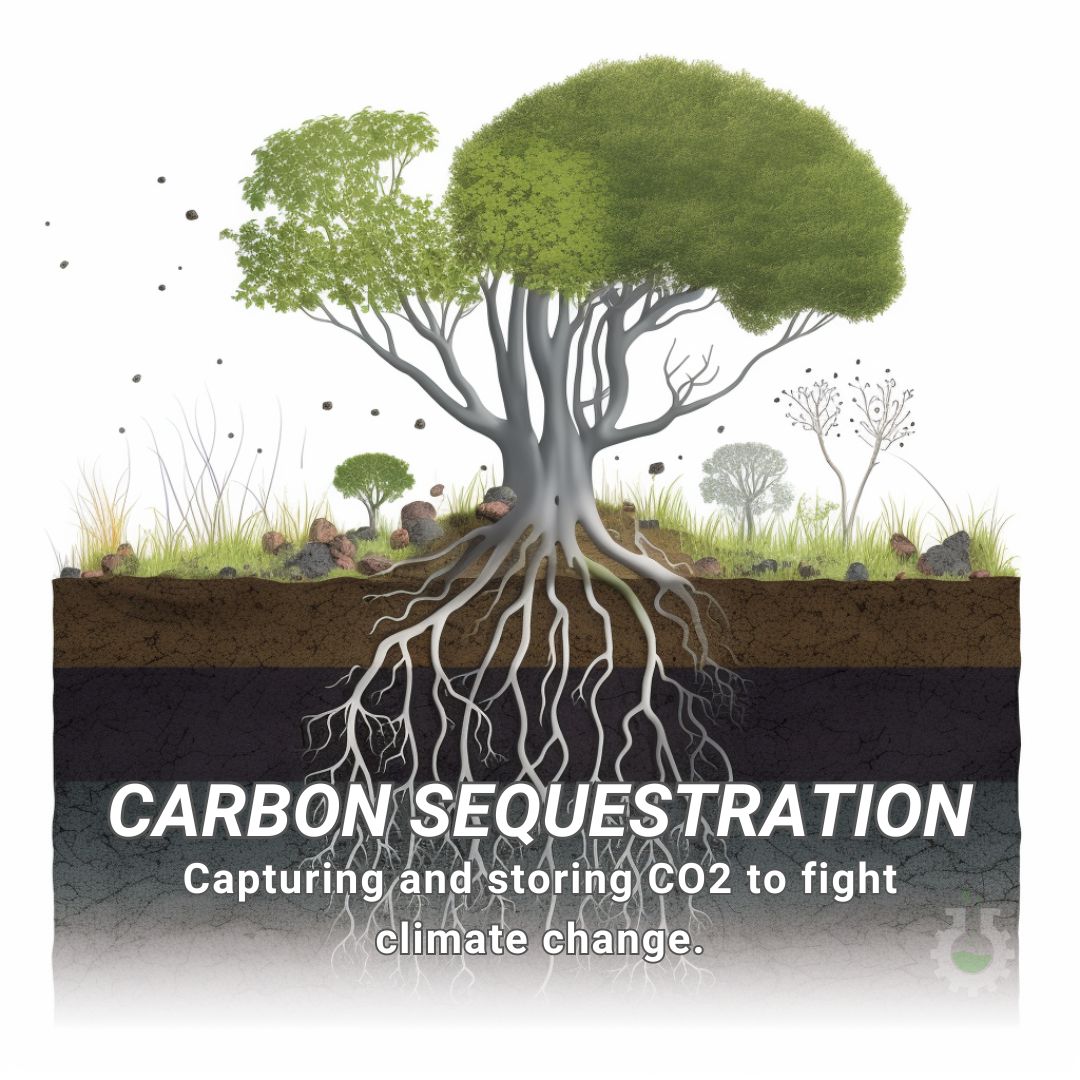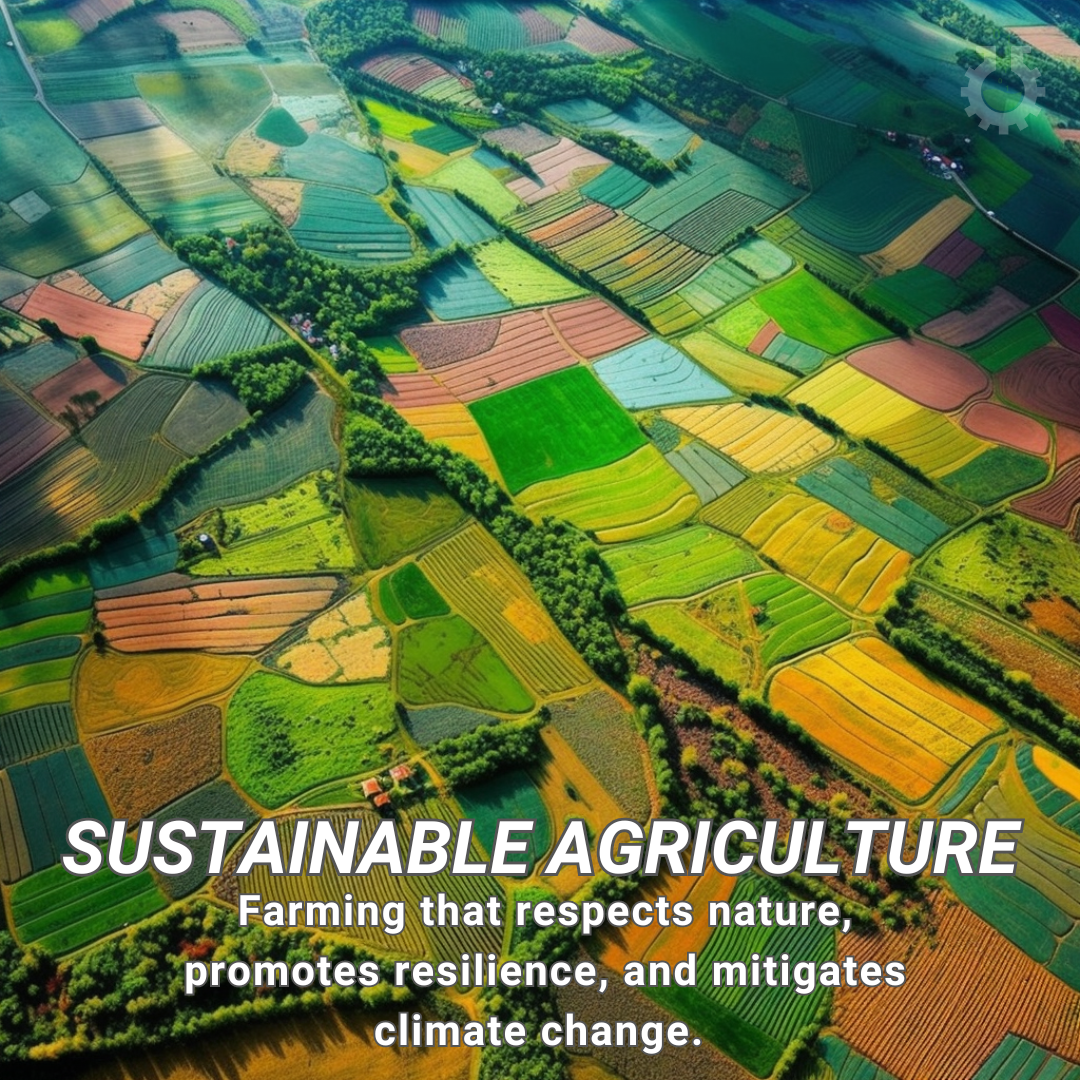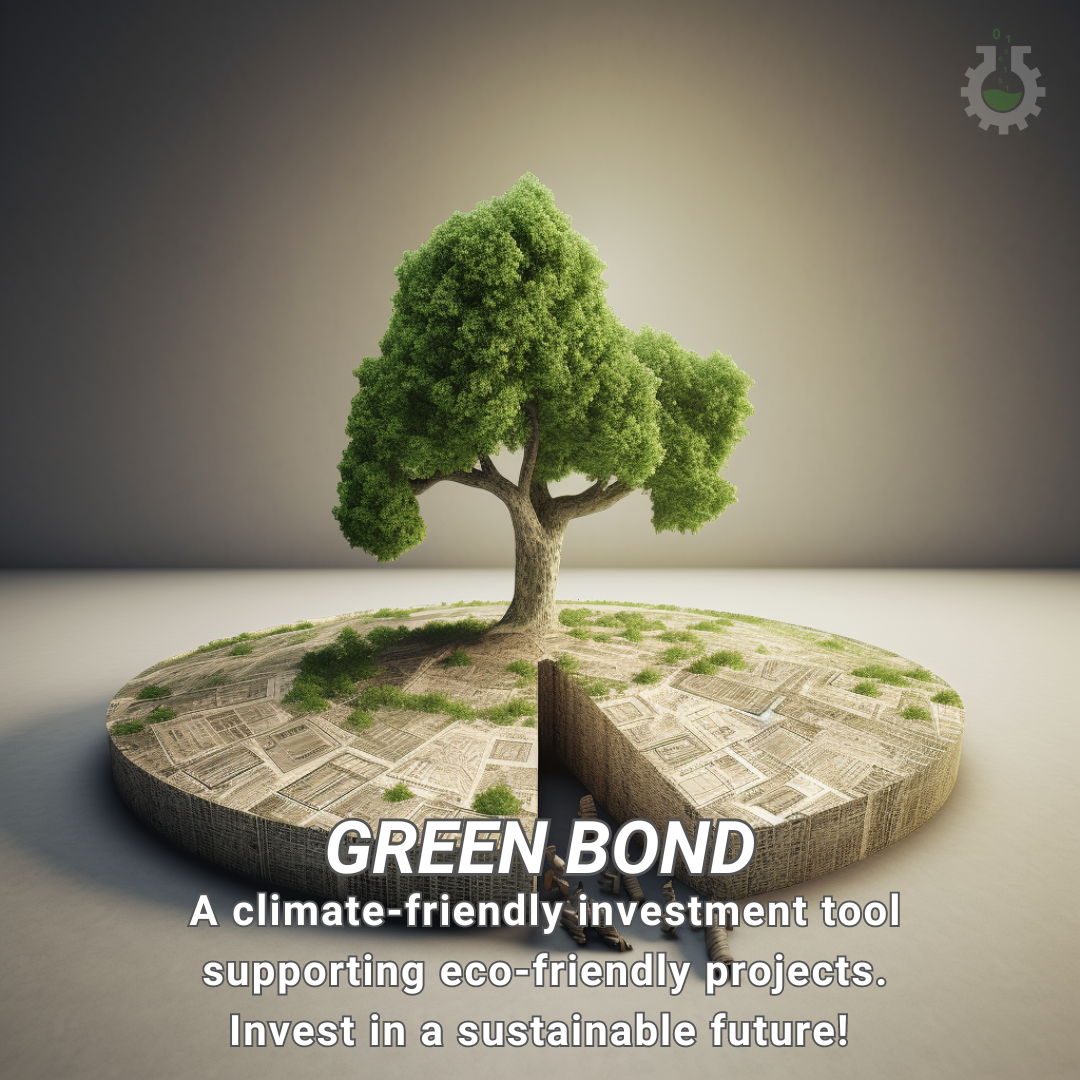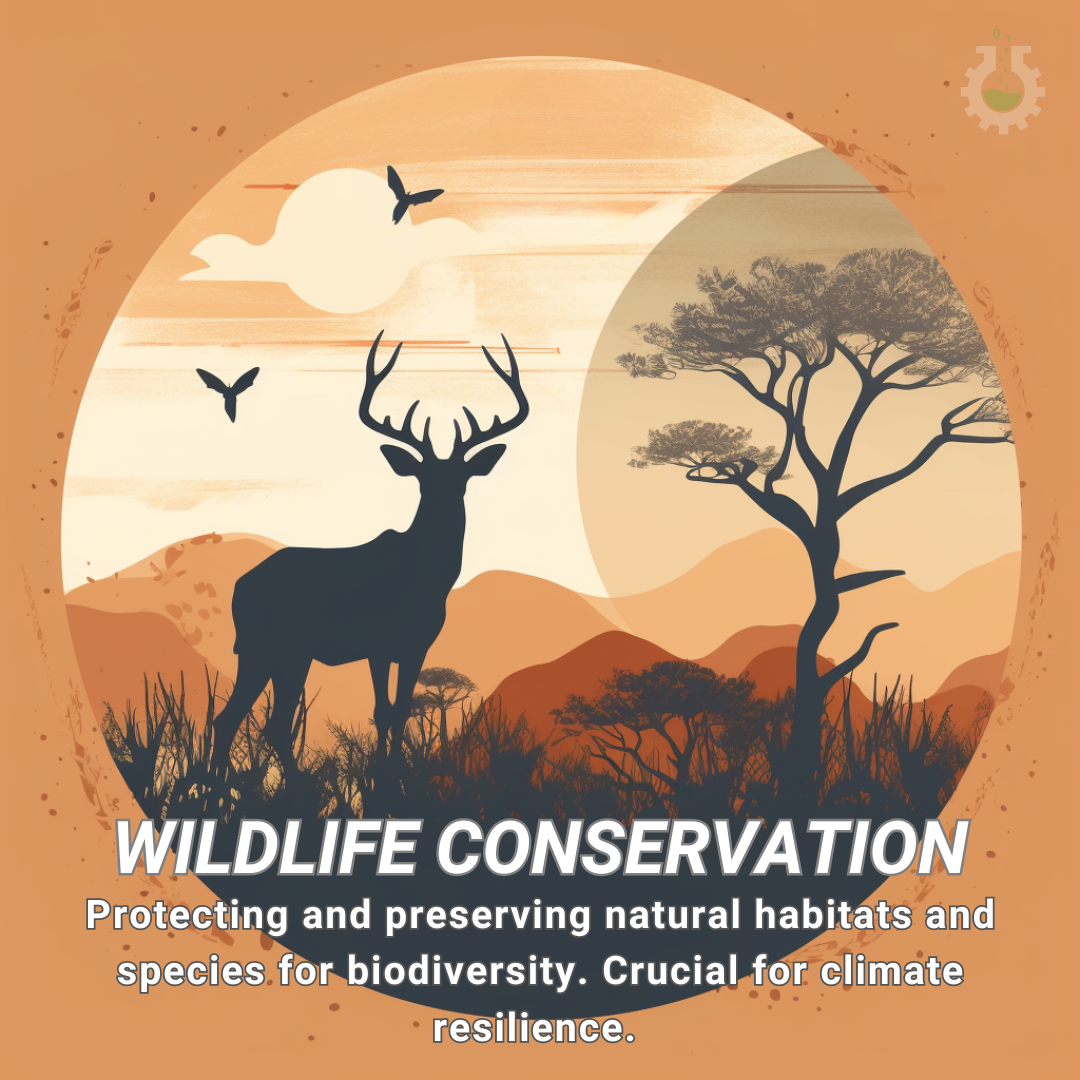Green urbanism refers to the planning, design, and development of cities with a focus on sustainability, environmental responsibility, and the well-being of inhabitants. It involves creating urban spaces that minimize the ecological footprint, promote biodiversity, and enhance the overall quality of life for residents. Green urbanism integrates eco-friendly infrastructure, green spaces, and energy-efficient technologies to […]
Conservationists are dedicated individuals or groups actively involved in the protection, preservation, and restoration of ecosystems, species, and biodiversity. In the context of climate change, conservationists play a crucial role by addressing the impacts of environmental shifts, promoting sustainable practices, and advocating for policies that safeguard our planet’s health. Their efforts contribute to mitigating climate […]
Climate Adaptation involves making adjustments to societal and environmental practices to minimize the damage caused by climate change. It encompasses strategies to cope with and respond to the impacts of changing climate conditions, such as rising sea levels, extreme weather events, and temperature shifts. The goal is to enhance resilience and protect communities, ecosystems, and […]
Carbon Sequestration is the process of capturing and storing carbon dioxide from the atmosphere or industrial sources, preventing its release into the air. This practice mitigates climate change by reducing greenhouse gas concentrations, contributing to a more stable and sustainable environment.
Sustainable Agriculture is a method of farming that prioritizes environmental health, social and economic equity, and resilience. It aims to produce food in a way that preserves ecosystems, minimizes resource use, and enhances climate resilience. Sustainable agriculture mitigates climate change by promoting practices like organic farming, agroforestry, and crop diversity.
Green Bond is a financial instrument designed to fund environmentally friendly projects, fostering sustainability and addressing climate change. Investors in green bonds contribute to initiatives such as renewable energy, energy efficiency, and conservation projects. These bonds play a crucial role in promoting a transition to a low-carbon and climate-resilient economy.
Carbon Pricing: A market-based strategy to reduce greenhouse gas emissions by placing a monetary value on carbon. It involves mechanisms like carbon taxes or cap-and-trade systems, encouraging businesses to cut emissions and transition to cleaner practices. This economic incentive fosters climate-conscious decisions, aligning environmental goals with economic interests.
Green Communities: Sustainable neighborhoods designed to minimize environmental impact and enhance resilience. These communities prioritize energy efficiency, green spaces, and eco-friendly practices to combat climate change. The aim is to create livable spaces that reduce carbon footprints and promote environmental stewardship.
Green investments refer to financial activities that support environmentally sustainable projects and businesses, aiming to address climate change and promote ecological well-being. These investments prioritize ventures that minimize their carbon footprint, reduce pollution, and contribute to the transition to a more sustainable and resilient economy. The goal is not only to generate financial returns but […]
Wildlife Conservation: The practice of protecting and preserving the natural habitats and species of animals, ensuring their survival and biodiversity. In the context of climate change, wildlife conservation becomes increasingly vital as it helps ecosystems adapt to changing conditions and contributes to overall environmental resilience.












